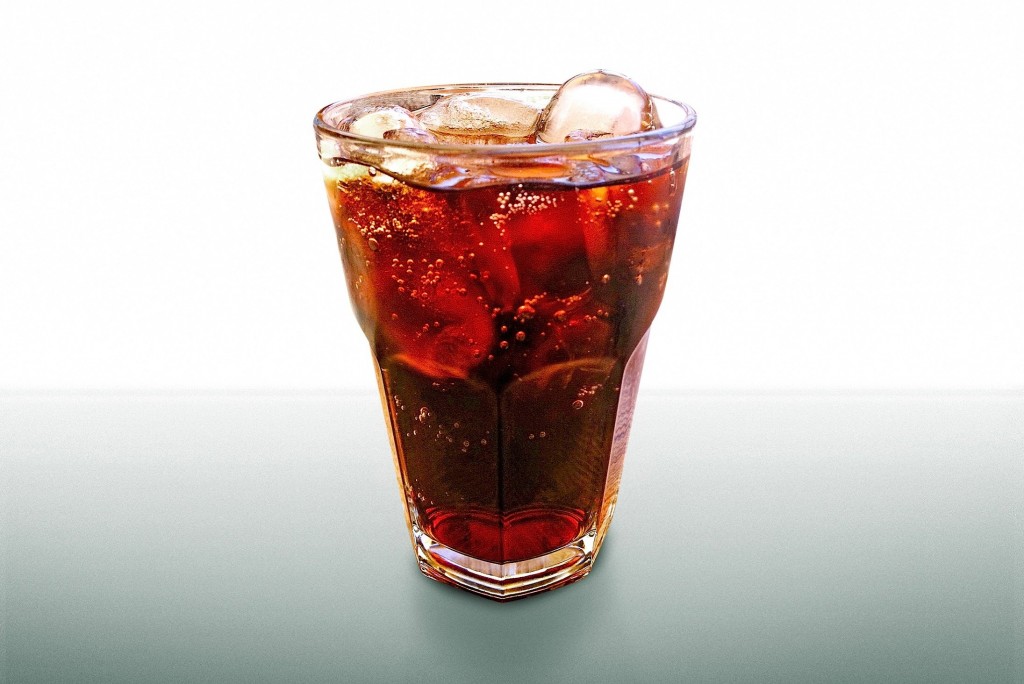A new (and small) research study suggests that mixing diet soda with alcoholic beverages can lead to greater intoxication than having alcohol with a sugared mixer. NPR’s Allison Aubrey spoke with the researcher about the findings:
So what was the motivation for the new study? “I wanted to know if the choice of a mixer could be the factor that puts a person above or below the legal limit,” writes Marczinski, who’s a professor at Northern Kentucky University.
And it turns out, diet soda might just push you past that tipping point. Marczinski’s study found that the average BrAC was .091 (at its peak) when subjects drank alcohol mixed with a diet drink. By comparison, BrAC was .077 when the same subjects consumed the same amount of alcohol but with a sugary soda.
“I was a little surprised by the findings, since the 18% increase in BrAC was a fairly large difference,” Marczinski tells The Salt via email.
Marczinski says she also wanted to determine if the volunteers in her study (eight women, eight men) would notice any differences between the two mixers. Not so much, it turns out.
The subjects didn’t report feeling more impaired or intoxicated after drinking the diet soda mixer, compared to the sugary soda. Experts say this may put them at an increased risk of drinking and driving.

